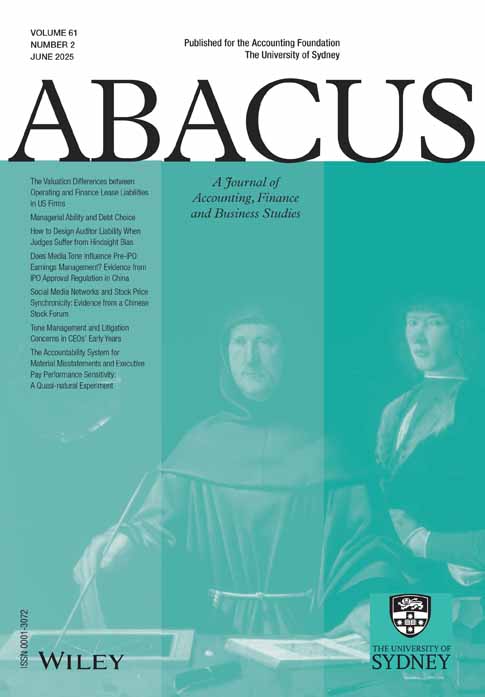Proportionate Growth and the Theoretical Foundations of Financial Ratios
Abstract
The article proposes a theoretical framework for understanding financial ratios, showing that the multiplicative character of the financial variables from which financial ratios are constructed is a necessary condition of valid ratio usage, not just an assumption supported by evidence. Also, by assuming that firm size is a measurable statistical effect, the article offers an informed reappraisal of the limitations of financial ratios, particularly the well–known limitation of proportionality. The article is divided into two parts, one where ratio components are viewed as deterministic vari– ables and the other where they are random. Such an approach allows the characteristics of ratios to be more easily understood before generalizing the relationship between ratio components to encompass randomness. In the second part, when variability introduced by firm size is treated as a random effect, it is shown that if the accounting variables Y and X used to calculate a financial ratio Y/X are exponential Brownian motion, and if continuous growth rates are equal and proportionate to firm size, this may lead to ratios which are asymmetric but which do not necessarily drift.




